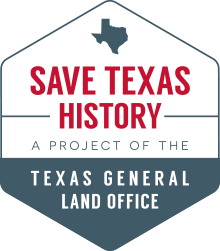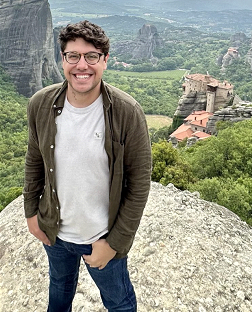
Save Texas History Symposium:
Texas Takes Shape: Cartography and History in the Lone Star State
Who: Texas History enthusiasts, historians, teachers, public history professionals, genealogists, sponsors, exhibitors, speakers.
What: Save Texas History Symposium. Theme: Texas Takes Shape: Cartography and History in the Lone Star State
When: November 7-8, 2025
Where: Bullock Texas State History Museum, Austin, Texas
Conference attendees can receive a discounted rate of $199/night at the Hampton Inn & Suites Austin @ The University/Capitol for Thursday, November 6 - Sunday, November 9, 2025.
Click here for discounted hotel rate: https://www.hilton.com/en/attend-my-event/glosavetexashistorysymposium/
Become a Sponsor or Exhibitor (pay online)
Become a Sponsor or Exhibitor (pay offline)
Student Research Showcase
Friday, November 7, 1-5pm
Featuring:
Save Texas History Symposium
Saturday, November 8, 8:30am-4pm
Featuring:
The Save Texas History Symposium is made possible by the generosity of our sponsors:
Platinum Level Sponsors
Diamond Level Sponsors
Gold Level Sponsors
Silver Level Sponsors
Alliance for Texas History
Center for the Study of the Southwest at Texas State University
East Texas Historical Association
East Texas Oil Museum at Kilgore College
Geographicus Rare Antique Maps
Stephen F. Austin State University Department of History
Tejano Genealogical Society of Austin
Texas Christian University History Department
Texas Department of Transportation - TxDOT Beyond the Road
The Portal to Texas History
The Texas Collection at Baylor University
The Law Offices of Tad Nelson & Associates
Texas A&M University - Corpus Christi History Department
Texas A&M University Press
University of Texas at Arlington History and Geography Department
Texas A&M University-San Antonio History Department
Texas State University - San Marcos Department of History
Underwriting by:




































